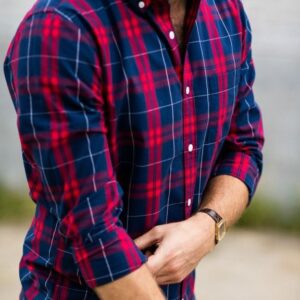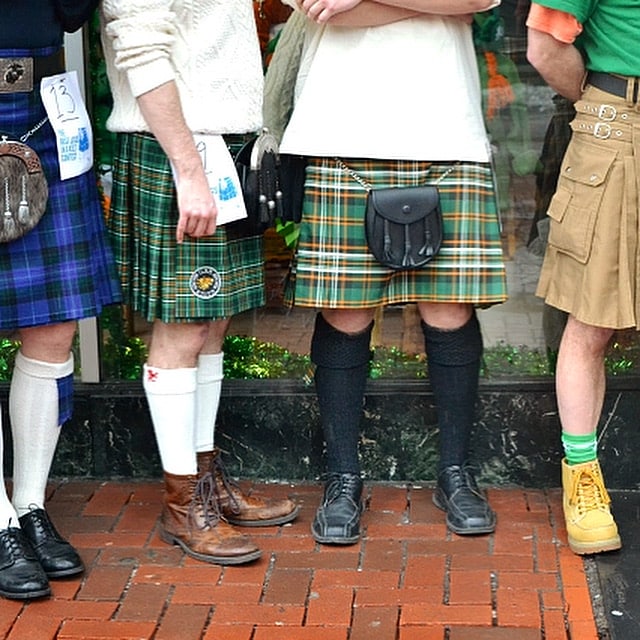Good day, lassie/laddie!
Have you heard the news?! April 6th is Tartan Day! Here at Donegal Square, we celebrate Tartan Day and it’s history all month long. In fact, one could say we celebrate Tartan Day everyday in our store!
What is Tartan Day ?
What is Tartan Day, ye say? Why April 6th ye say? The “Declaration of Arbroath” was signed on April 6th, 1302. The declaration was basically a letter to the Pope from Scottish barons declaring the antiquity of Scottish independence, and resistance to England’s attempts to rule it. In March of 1989, a “Tartan Day” was established in Canada to promote Scottish heritage and since then, Scotland, the US, Australia, and Argentina have all followed suit. Parades are held in each country on April 6th, and you can bet your Highland cow that the wearing of the tartan is required. But before we get ahead of ourselves on all the variations of tartan that exist in the world, I should tell you what exactly a tartan is!
The Tartan And It’s History
So you know when you see a skirt, or a button down, and say “Oh my word, look at that cute plaid shirt!” A shirt, say, like this:

you are actually looking at a tartan shirt. You see, in the olden ancient days of the Celts, men wore plaids over the shoulder, or wrapped around the torso. It completed the Highlander’s outfit, what we consider today to be “traditional” Celtic dress (Think kilt, sporran, and hat/bonnet). A plaid was just a big piece of cloth or fabric. The pattern on the plaid was its “tartan”. Trust me, you shall be thanking me for this newfound knowledge. Despite yourself, you’ll be correcting friends, or strangers, as they describe their “plaid kilt” or “plaid blanket”. Well…he or she may be annoyed at first, but once you explain the difference, she will be pleased to know such a fun fact, and embarrassed by her ignorance of such a commonly known fact in the British Isles!
But let’s go back a second to this tartan plaid that the Celtic kings, queens, and peasants wore. “Tartan” is of Scottish origin, and the term was first used around the year 1500. (WOW!) Initially woven of wool, the tartan design consists of stripes varying in color and width. Each variant pattern designated a specific clan. So, each family had their own tartan, just as they had their own family crest! There are hundreds, even thousands of tartans today, representing families, cities, organizations, and more. In Scotland alone there are 500 clans! But in the days of the tartan’s origin, there were only ten clans, and therefore, only about ten tartans.
- Campbell
- MacDonald
- MacLeod
- Sinclair
- Mackintosh
- Mackenzie
- Douglas
- MacLean
- MacNab
- Wallace
The world has since become quite taken with the concept of a clan tartan, and one can even design his or her own! But believe it or not, this beloved homage to family and heritage became entirely banned. If I’ve peaked your interest…you’ll just have to wait until next week to hear the rest of the tale. Until then, as they say in the Scottish Gaelic, “mar sin leat”! Goodbye!
Get the Perfect Fit : Schedule your kilt fitting today!
[button link=”https://app.acuityscheduling.com/schedule.php?owner=19296222&appointmentType=22264472″] Schedule Your Kilt Fitting[/button]
